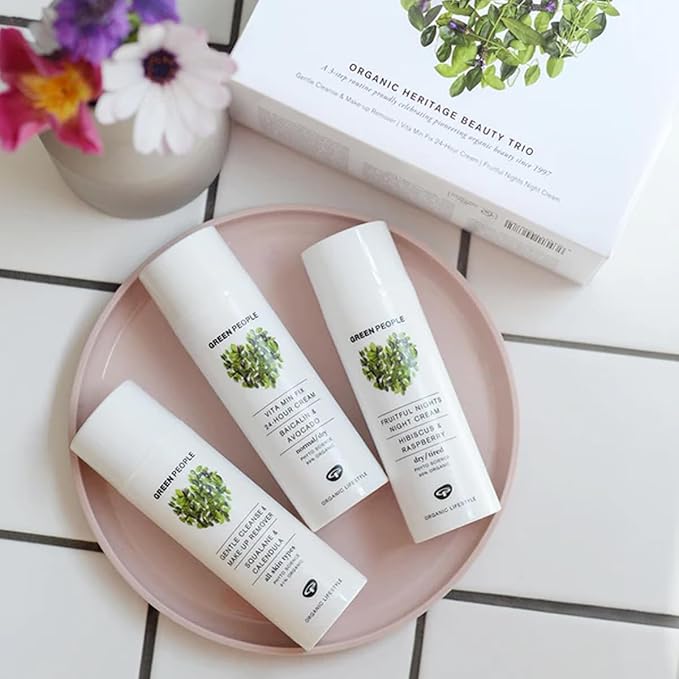First-time visitors to Georgia often want a clear, stress-free introduction that balances culture, nature and everyday comfort. Many begin in Tbilisi, where the airport sits close to the city centre and the compact Old Town allows easy walking between the sulphur baths, Narikala cable car and riverside viewpoints. Sustainable travel here means choosing walkable routes, local cafés and small hotels that support the community. Short trips to Mtskheta add historical depth without long drives, while Kakheti introduces wine traditions through slower, guided visits that reduce unnecessary transport. Some travellers combine Tbilisi with Batumi, using efficient internal travel rather than multiple flights. At Friendly Turtle EcoBlog, we encourage first-time visitors to travel Georgia responsibly by pacing itineraries, staying in family-run guesthouses, joining small-group tours and respecting local ecosystems. These mindful choices help reduce environmental impact while still offering a rich, authentic experience of Georgia’s cities, landscapes and traditions.
Share your articles with us and get published! Reach out at hello@friendlyturtle.com.
7 Ways To Go Green On A College Budget

One of the most significant barriers to going green on a college budget is the idea that eco-friendly options are more expensive. However, this is not always the case. This article will provide tips and tricks for incorporating sustainability into your everyday life without breaking the bank.
How to help the environment: 7 effective ways
Everyone can help the environment. It is enough to start implementing new habits in your life. It does not take much effort to lead an eco-friendly lifestyle. Learning to navigate in an environment of conscious consumption will help you in simple but effective ways. Learn what to do to help nature and what habits you need to introduce into your life to contribute to the environment. These tips are perfect for students who always have difficulties with money.
1. Try to shop by cutting down on plastic
For example, go to the store with your own bag. Instead of plastic bags, ideally take cloth bags. Otherwise, ask to have the goods packed in a paper bag. At least you can recycle it. If you use home delivery, ask to reduce the number of bags (many apps have this option).
2. Shop smart
If we talk about shopping, there are some more simple tips. Do not pass by the "lonely bananas". Most often, when they break away from the bundle, they rot. And you have a chance not to let them die and eat them in time. If you have a pet, get a natural filler. Wood cat litter can be composted without harm to the environment, unlike its chemical types.
3. Use eco-friendly kitchenware
There is always a lot of garbage in the cooking process. For example, paper cupcake molds and baking paper. You can replace them with reusable molds and special baking mats. This is not only eco-friendly, but also economical. The same goes for tea bags. It's better to buy leafy varieties instead. With a beautiful teapot, the tea-drinking process becomes much more pleasant for you and healthier for nature. In the kitchen, special wax napkins will become an assistant, with which you can save cheese from spoiling, for example. So you don't have to use plastic bags.
4. Give preference to recyclable household items
Swap all disposable items for either reusable or those that are easily recyclable. For example, a toothbrush should be changed every two months. Instead of plastic (it decays for almost 500 years) use bamboo (composts in 2 years, if properly disposed of).
5. Be a vegetarian once a week
It takes about 10,000 liters of water to produce 500 g of meat: 20 times more than it takes to produce the same weight of potatoes. In addition, animals, like cows, produce huge amounts of methane, the #2 gas on the list responsible for the greenhouse effect.
6. Thrift and donate your clothing
Instead of buying new clothes every season, try thrifting or swapping clothes with friends. This not only saves money, but also reduces the demand for fast fashion and supports a more sustainable fashion industry. When you do purchase new clothing, make sure to donate any clothes that no longer fit or suit your style to local charities or consignment stores. This extends the lifecycle of clothing and keeps them out of landfills.
7. Choose environmentally friendly transportation
The most beneficial ways for students and the environment to get around are walking and biking. There will also be less harm to the environment if you choose public transportation instead of a car.How to help nature through conscious consumption
There are several ways to help nature through conscious consumption. To begin with, you need to understand that the philosophy of proper consumption of resources is based on minimizing waste. Therefore, we have compiled a selection of simple methods to reduce trash:
- Shop at Zero west stores. You can buy anything in their containers there. Household chemicals from special tanks can be poured into your glass jar. Cereals, nuts can be taken by weight in special cloth bags. By the way, it is much cheaper this way, since you do not overpay for packaging
- Use natural detergents. To do this, pay attention to the packaging and see the signs (sorted or unsorted). Better yet, minimize home cleaning chemicals.
- Sort your trash. Separate garbage collection helps recycle what is already unnecessary into new things and useful materials. For example, unwanted waste paper is used to make new notebooks and paper for the office, old plastic bottles will turn into colorful children's slides.
What is the most consuming thing you do while studying? Paper and pens. Instead of buying a new eco pen altogether, what about purchasing a pen refill? This way you don't have to think about how to dispose of another kind of plastic.
Students have to use a printer all the time. Keep in mind that you can print on both sides of the sheet. Also, before you print, for example, a term paper, check it thoroughly for uniqueness and errors. Otherwise, you'll waste a lot of paper on constant reprinting because of the edits.
Don't have time to proofread your paper? That's where cheap paper writing service can help. These services offer affordable prices for high-quality written papers. So not only will you save paper, but also time and stress.
0 comments
Let customers speak for us
Blog posts
A calm, multifunctional garden can be more than a pretty backdrop it can become a practical extension of your home that supports slow mornings, outdoor meals, and genuine downtime. In this Friendly Turtle EcoBlog guide, we look at simple, sustainable ways to shape an outdoor space that feels organised, welcoming, and easy to use throughout the week. Start by creating clear “zones”: a quiet seating corner for reading, a dining spot for relaxed lunches, and a flexible open area for play or potting. Light-touch structures, such as an airy pergola or a sheltered veranda, add definition without blocking daylight, making the garden usable in changeable weather. Keep the mood restful with layered planting: evergreens for year-round structure, seasonal flowers for colour, and lightly scented herbs near paths. Choose reclaimed or recycled materials where possible, add soft warm lighting, and reduce water waste with mulch and a simple rainwater butt. The result is a garden that feels calm, functional, and kinder to the planet.
Finding the right mental health support in Woodland Hills starts with checking credentials, treatment approach and access to care. Look for licensed clinicians with training in evidence-based therapies such as CBT or DBT, and ask whether programmes offer coordinated psychiatry, talking therapy and crisis support when needed. The best providers also explain your options clearly, from outpatient sessions to more structured day programmes, and may include complementary practices that support recovery, such as mindfulness, movement and nutrition guidance. At Friendly Turtle EcoBlog, we often explore how everyday choices shape wellbeing; this guide applies the same practical lens to mental health care, helping you compare services, understand what ‘holistic’ really means, and choose a setting that feels safe, respectful and tailored to your needs. It also highlights practical questions to ask about availability, confidentiality, fees and insurance, so you can make a confident, informed decision.



